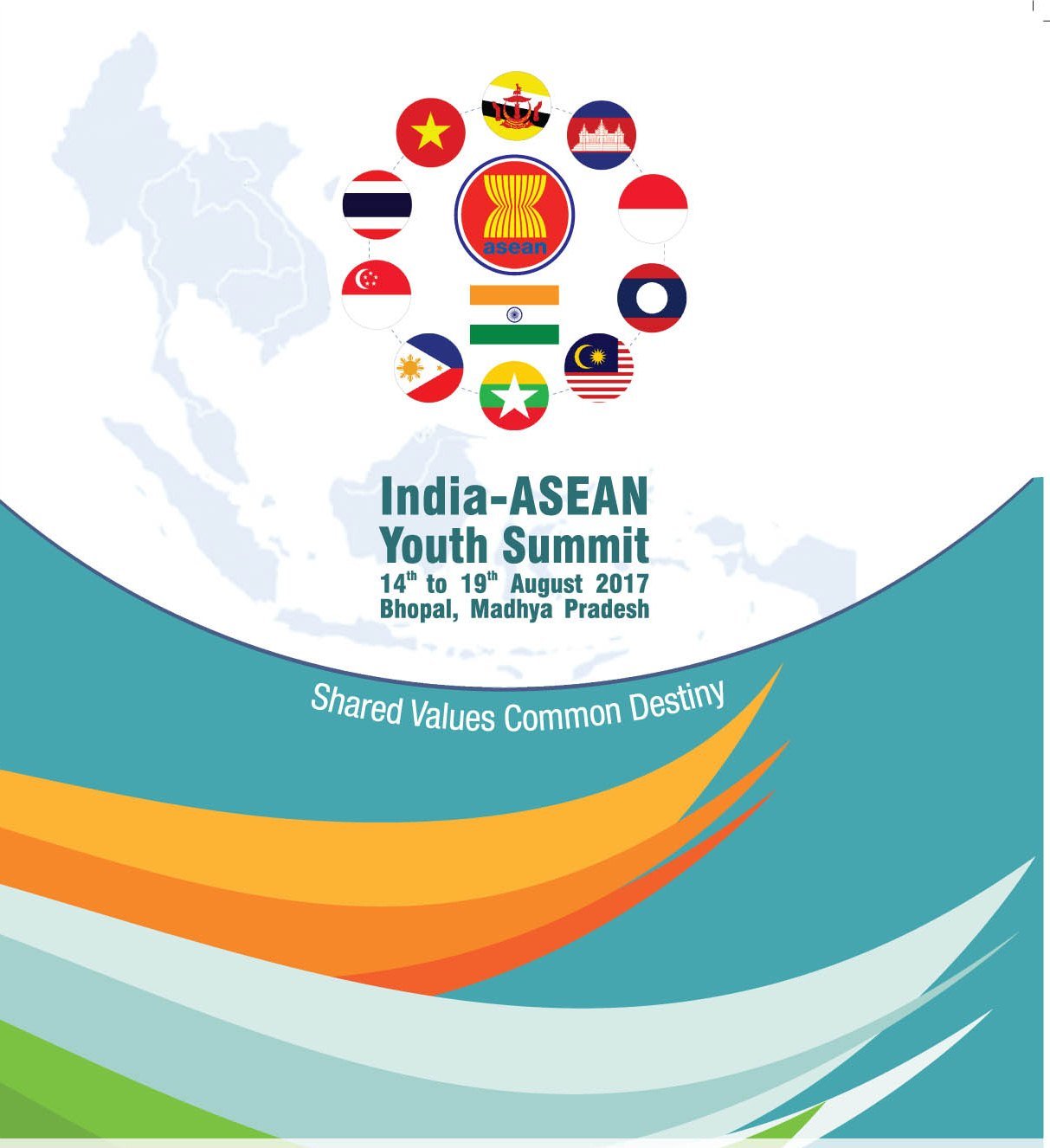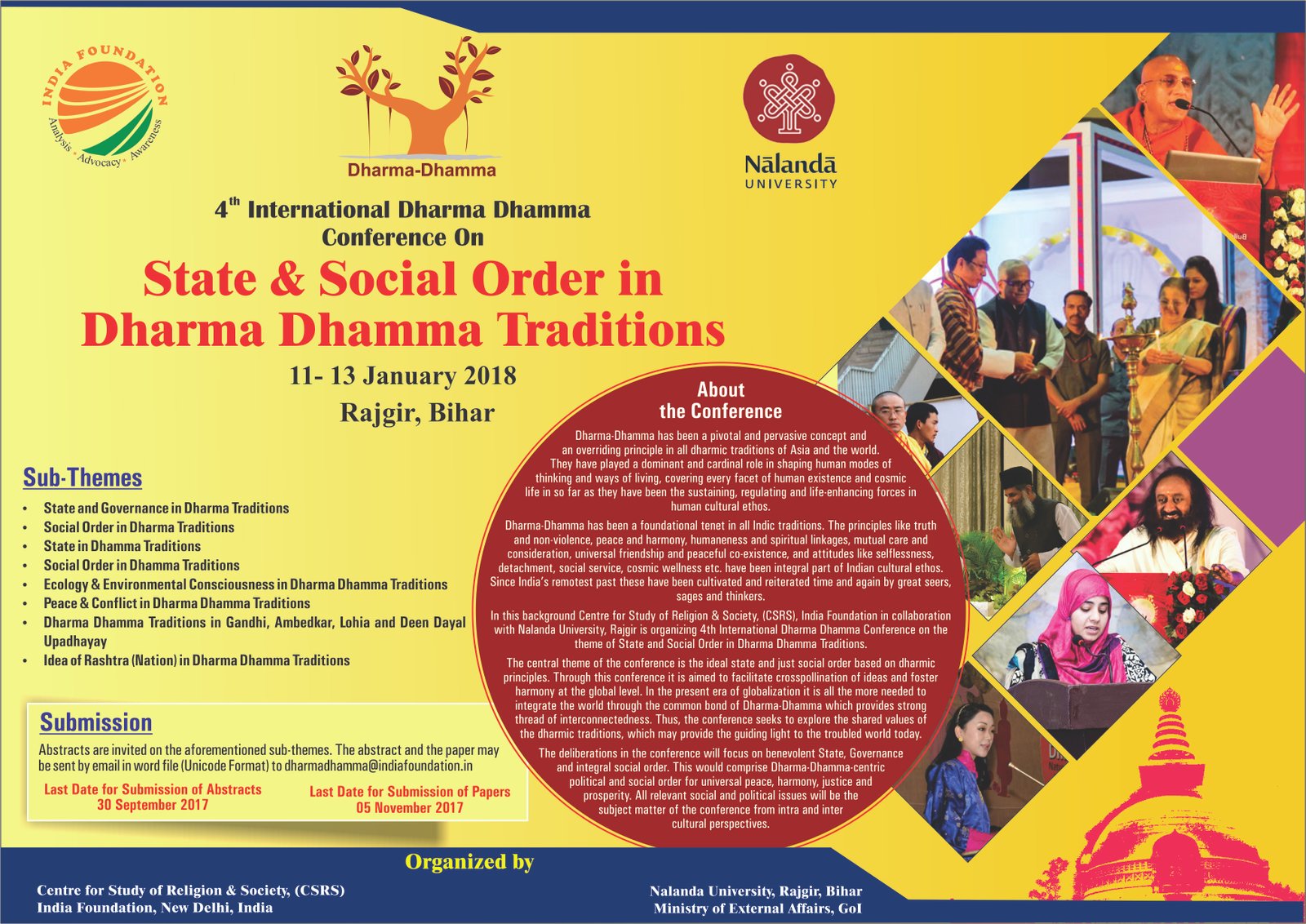In an recent article “The End of An Era For White Men” by David Rothkopf in FOREIGN POLICY Journal (Dated 01 Feb 2016) there is the historic admission of steady global dominance of western world.
It states:-
“While men had a great run from the rise of the Greeks to the birth of western based global empires – they have controlled much of the world sought to. So much of history is a consequence of decisions made by and at the behest of the white guys in-charge’.
The learned author adds:-
“Several factors are contributing to make this historic moment a watershed in global history. ….. …. ….. ….. While the planet earth has always been home to great non-white civilisations, such societies have ebbed and flowed in relative importance. Today it is clear that these emerging societies, namely China and India are on the rise.”
In context of above, what our Hon’ble Home Minister Shri Rajnath Singh had stated sometime back that Maharana Pratap of Udaipur deserves to be titled “The Great”; it quintessentially sounds logical and convincing.
Interestingly, historians world over have not yet found as to which august body (or a group of individuals) had constructed the qualifying requirements for the title “The Great”. And, also who (and when) the title(s) were conferred on the selected few. Just to mention some of them:-
- Alexander The Great (of Macedonia)
- Constantine The Great (of Byzantium Empire)
- Peter The Great (of Russia)
- Fredrick The Great (of Germany)
- Ashoka The Great (of India)
- Akbar The Great (of India)
Interestingly, commentary on the traditional belief in the decline of greatness; THOMAS CARLYLE laments in his classics “Heroes, Heroworship And The HEROICS IN HISTORY (1841)” that “Napoleon was our last Great man”. He also singles out the lone social fact that “Greatness has been equated with fame and the fame could not be made overnight”.
Delving deep into the dynamics of above stated “Greatness” conferred on heroes of yester-years; shouldn’t we presume that it was the western media which was on the beck and call of European world conquerors that played the trick. History is testimony to the fact that whenever civilisations preferred convenience, they spelt their downfall. Dr. Radha Krishnan had once said “India was never conquered from “without”; it was always from “within” that it was subdued”. Third world countries have not only lost on battle-fields but also on brand/image projections. Maharana Pratap’s case is to be viewed through the above prism.
Battle of Haldighati (fought on 21st June 1576) with Raja Man Singh as Commander-in-Chief of Mughal army and Maharana Pratap of Udaipur leading conglomerate of Rajput warriors – the episode is well documented. The outcome of the clash is known to students of history. Mewar army was routed in the final run. General Sagat Singh of Indian army (hero of Bangladesh’s liberation: 1971 India-Pak war) has attributed Mughal army’s success to their superior artillery.
A moot point is that Pratap could not be captured and his flight from battle-field was orchestrated by his faithful(s) – for yet another day to settle scores with the Mughals. It is also on record that Emperor Akbar had refused to meet Raja Man Singh and Asaf Khan while expressing his dissatisfaction over the results. On this subject, we have the last word from eminent history scholar Prof. G.N. Sharma. He states:-
“The Kachhawaha General (Raja Man Singh) had failed either to kill or capture the Rana. Hence Haldighati was a barren victory for the Mughals”.
The Battle of Haldighati has immortalised Maharana Pratap as a warrior of freedom and pride. Amongst the Mughal Kings, Akbar rose to dizzy heights of greatness and the title “AKBAR THE GREAT” is well deserved. But Maharana Pratap’s rugged defiance against Mughal rule qualifies him as fountain-head of liberty and self-rule. It wasn’t easy – those were the times when consequences of not towing the diktat of an Emperor could bring-in untold miseries; Maharana Pratap who epitomised exemplary courage and indomitable spirit had outrightly rejected the olive branch. He toiled hard for decades – post-Haldighati clash, practicing guerilla tactics against the adversary and refused to compromise with freedom.
There are some unsung heroes of Battle of Haldighati.
- Jhala (Bida) Man – who had assisted Maharana Pratap in moving to a place of safety (in this manouvre he got killed).
- Hakim Khan Sur – The Afghan General and a loyalist. He was a strategist and warrior of repute. (Not much literature is available on him).
- Bhama Shah – He was the financier who greatly helped Maharana Pratap during his “exile” after the Battle of Haldighati.
- Rana Punja – The Bhil Chieftain – his band of followers had inflicted severe blows on enemy flanks. His generosity towards Rana Pratap in providing “men and material”, assistance during “war and peace” periods with Mughals is well known.
It is said that “History has been unfair to its heroes, leaving ordinary men to decide the difference between posterity and oblivion”.
For the six eminent luminaries viz. Rani Gaidinliu, Lala Lajpat Rai, Tatya Tope, Maharana Pratap, Shri Bhisham Sahni and Sage Chaitanya Mahaprabhu; the recent initiative in constituting an Implementation Committee on Commemoration under the Ministry of Culture is worth mention.
Govt. of India’s effort to “resurrect” heroic images from our hoary past are well-meaning. Maharana Pratap of Mewar richly deserves the title “The Great”. One is reminded of Martin Luther King Jr.’s words “The Arc of moral Universe is long, but it bends towards Justice”. Yes, we are talking about Justice for recognition to a great Indian warrior Maharana Pratap.
Gp Capt DC Bakshi, VSM, IAF (retd.)








